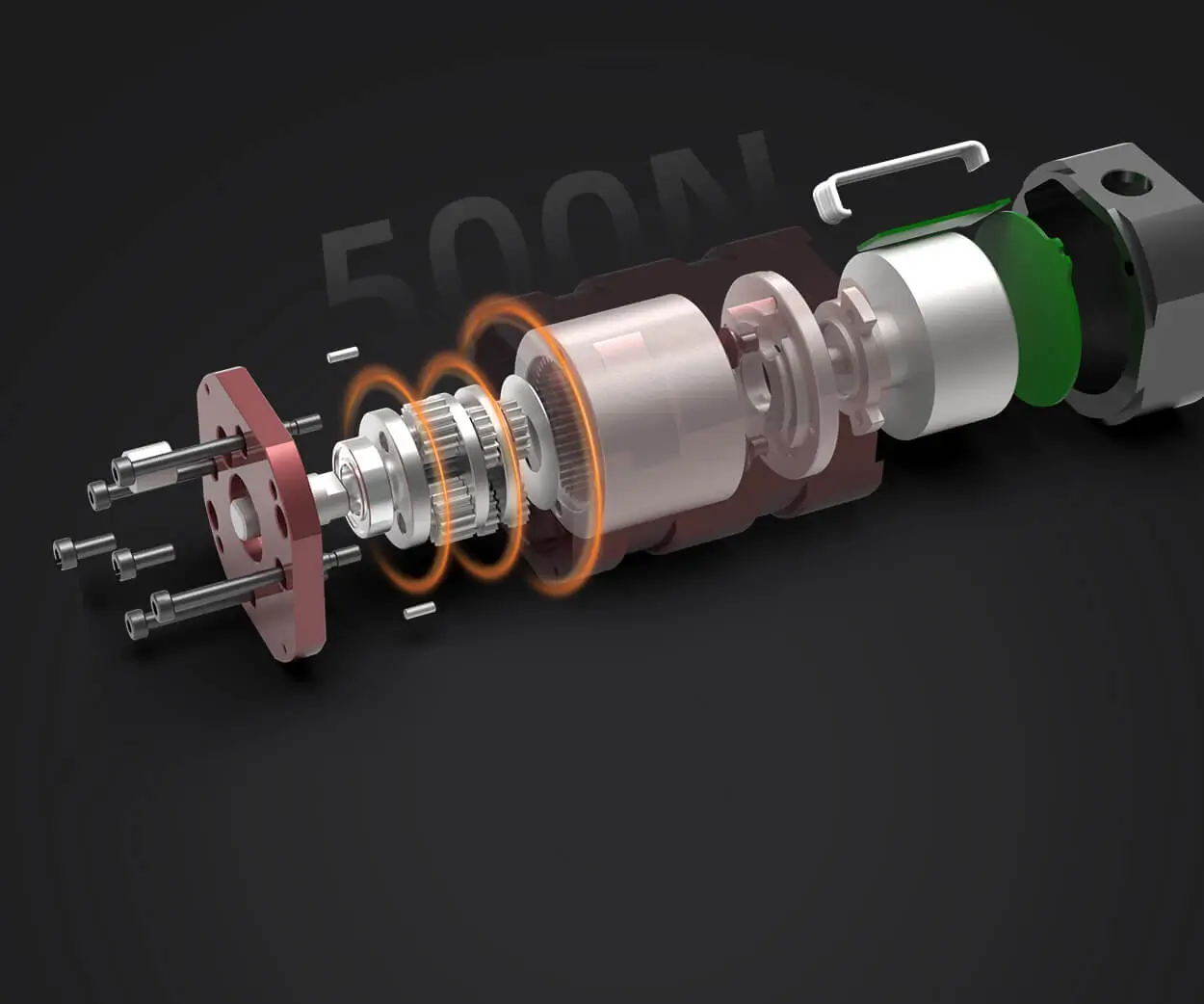Have you ever wondered how machines like electric cars, robots, or industrial machinery perform their tasks with such precision and power? Beneath the seamless operation of these gadgets lies a marvel of engineering known as the geared DC motor—an innovation that marries simplicity with efficiency. To truly appreciate this component’s importance, let’s embark on a journey into its core, exploring what makes it tick, its structure, and how it has revolutionized the way we think about motorized systems.

What is a DC Motor? Before diving into the geared variant, we need a solid understanding of what a basic DC motor is. At its simplest, a direct current (DC) motor is an electromagnetic machine that converts electrical energy into mechanical motion. This conversion hinges on the interaction between magnetic fields produced within the motor when electric current flows through coils or windings. As electricity flows, it creates a magnetic field with north and south poles that interact with fixed magnets in the motor, causing a rotor to spin. The result? Rotational movement, which can then be employed to turn wheels, operate gears, or drive other mechanical systems.
Now, while standard DC motors are highly useful—they're simple, cheap, and compact—they often have limitations, especially when it comes to achieving high torque or precise control. This is where adding gears becomes a game-changer.
What is a Geared DC Motor? A geared DC motor, often called a gear motor, combines a traditional DC motor with a gear train or gear reducer. This setup is designed to optimize performance characteristics like torque and speed according to specific application needs. Think of it as fitting a tiny engine with a carefully crafted gearbox, allowing the motor to produce a higher level of torque at lower speeds or vice versa.
The essential idea behind a geared DC motor is straightforward yet powerful: by attaching a gear assembly to the motor’s shaft, you can manipulate how rotational force and speed are delivered. Typically, the gear train reduces the motor’s outright speed but multipliers the torque output—meaning the motor can exert more force while turning more slowly. This is invaluable in scenarios requiring controlled, forceful motion, such as lifting objects, driving wheels with high resistance, or precision robotics.
Basic Components and Structure A typical geared DC motor encompasses three primary parts:
DC Motor Core: The brain of the machine, comprising the rotor (armature), stator, brushes, and commutator. It receives electrical inputs and generates rotational force.
Gearbox or Gear Train: Usually encased in a housing, this component consists of a series of gears—spur gears, planetary gears, or worm gears—that work together to manage speed and torque.
Output Shaft: The part that connects to the driven load, whether it be a wheel, an arm, or another piece of machinery.
Most commercial geared DC motors incorporate a set of spur gears, which are simple, straight-toothed gear trains that are cost-effective and reliable. However, depending on the application's demands, planetary gearboxes are often preferred for their compact size, high efficiency, and smooth operation.
Advantages of Using Geared DC Motors The combined design offers a multitude of benefits:
Enhanced Torque: Gears amplify the motor's torque output, making it suitable for heavy-duty applications like robotics, conveyor belts, and industrial machinery. Reduced Speed: By decreasing rotational speed, the motor can provide precise movement and control, essential in automation and robotics. Improved Efficiency: Proper gear ratios help optimize energy consumption, prolonging motor lifespan and reducing operational costs. Versatility in Design: Gear ratios can be customized to match specific application requirements, providing tailored solutions. Compact Form Factor: Even with added gearing, the integration results in a compact package, ideal for space-constrained projects.
Applications and Real-world Use Cases Geared DC motors have become ubiquitous across industries, serving as the backbone of many functional systems:
Robotics: Enabling precise control of robotic arms, wheels, and manipulator joints. Automotive: Power window motors and windshield wiper systems often employ geared DC motors for effective force and control. Home Appliances: Washing machine agitators and food processors depend on these motors for their torque-heavy operation. Industrial Equipment: Conveyor belts, automated manufacturing lines, and packaging systems rely on geared motors for seamless, powerful motion control. Medical Devices: Surgical robots and mobility aids use highly tuned geared motors for reliability and finesse.
How Does a Geared DC Motor Work? The process begins when electrical current energizes the motor, causing the rotor to spin. The attached gear train then modulates this rotational movement—slowing down the speed but increasing the torque delivered to the output shaft. The gear ratio dictates exactly how much the speed decreases and how significantly the torque increases. For instance, a 10:1 gear ratio would slow the motor’s shaft to one-tenth of the original speed but increase torque tenfold.
Motor controllers can further regulate the current and voltage feeding the motor, allowing for fine-tuned speed and position control—particularly important when precision is key.
Selecting the Right Geared DC Motor Picking a suitable geared DC motor involves considering several factors:
Load Requirements: How much force or torque must the motor deliver? Heavy loads demand higher gear ratios. Speed Needs: What is the required operational speed? If high speed is necessary, a lower gear ratio might suffice. Voltage and Power Compatibility: Matching the motor’s voltage and current ratings with your power source. Size Constraints: Ensuring the motor fits within your design parameters. Efficiency and Durability: Opting for gear trains made of durable materials that reduce wear and tear.
While it might be tempting to think that higher gear ratios automatically mean better performance, the key is balancing torque, speed, and efficiency to suit specific applications. For instance, a gear ratio of 50:1 in a robotic arm ensures powerful gripping, but the movement might be slower, which is acceptable for certain operations but not for high-speed conveyor systems.
(part 2 coming in the next message)
Established in 2005, Kpower has been dedicated to a professional compact motion unit manufacturer, headquartered in Dongguan, Guangdong Province, China.




































